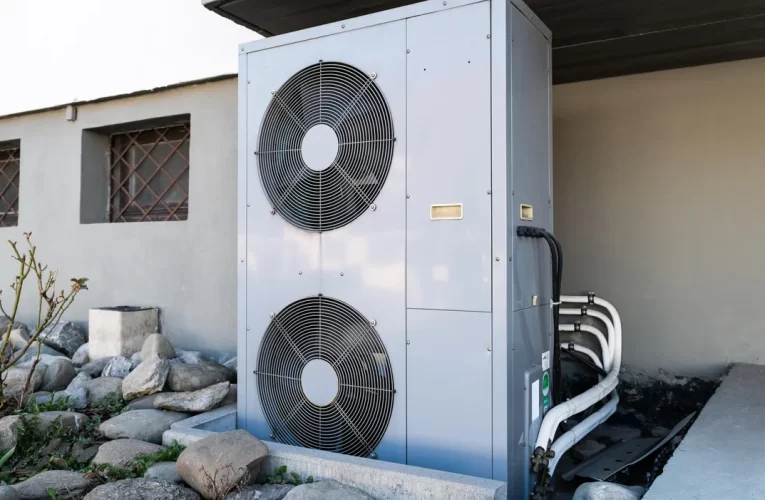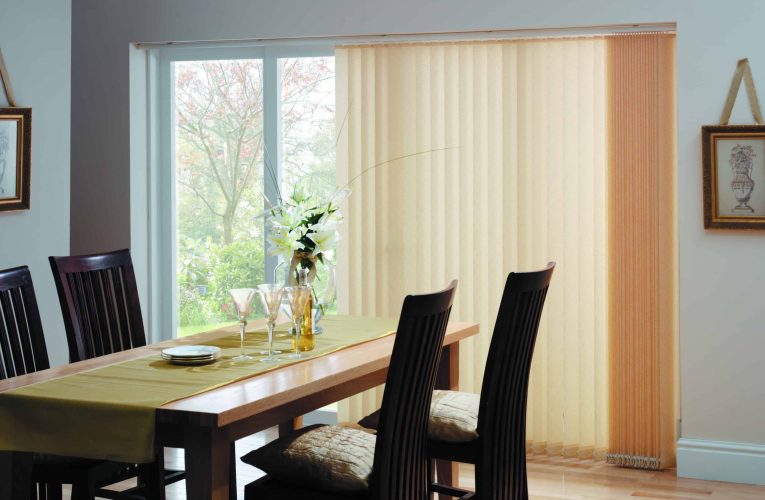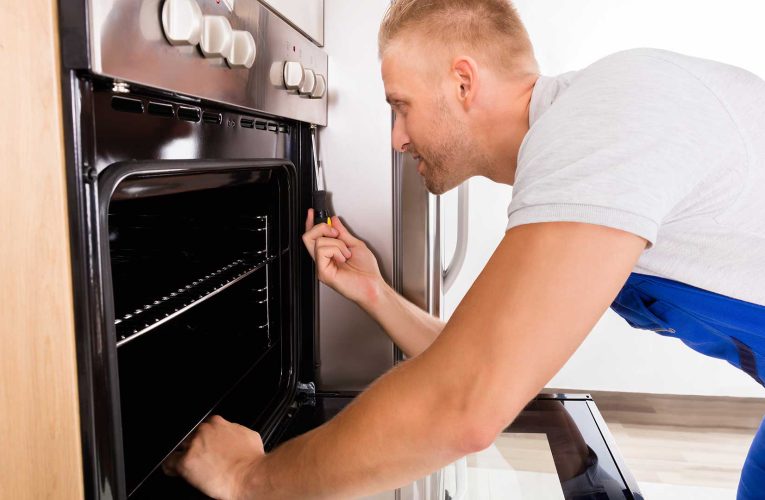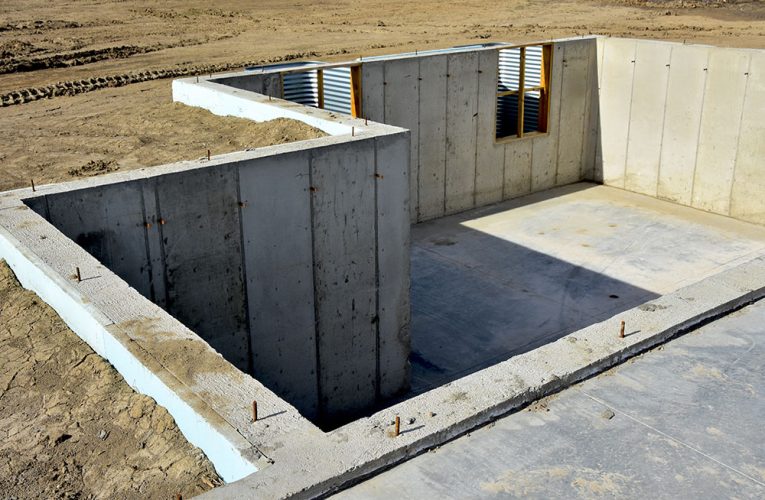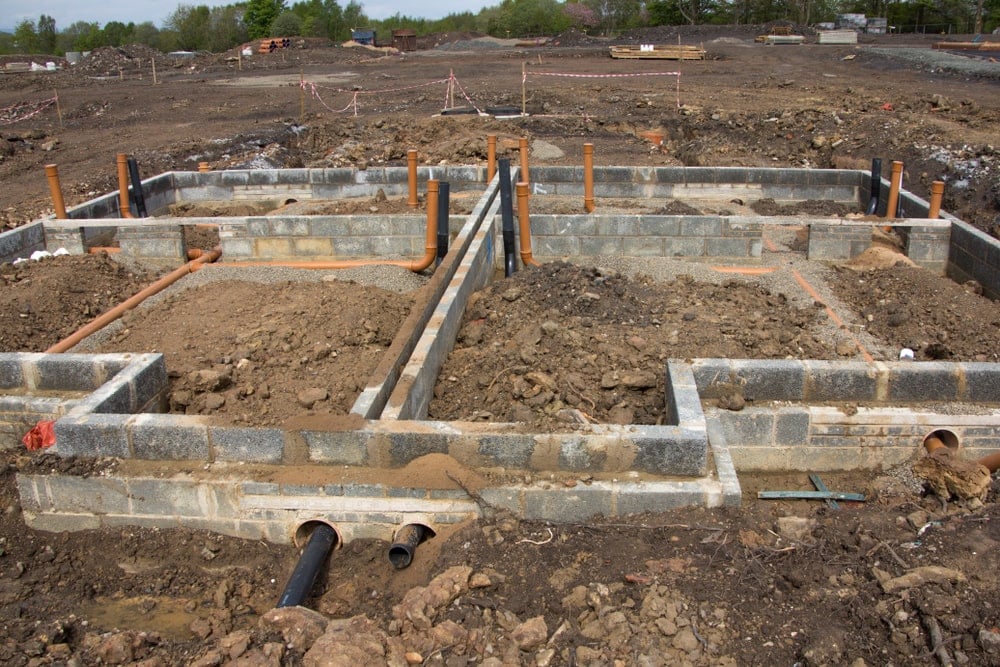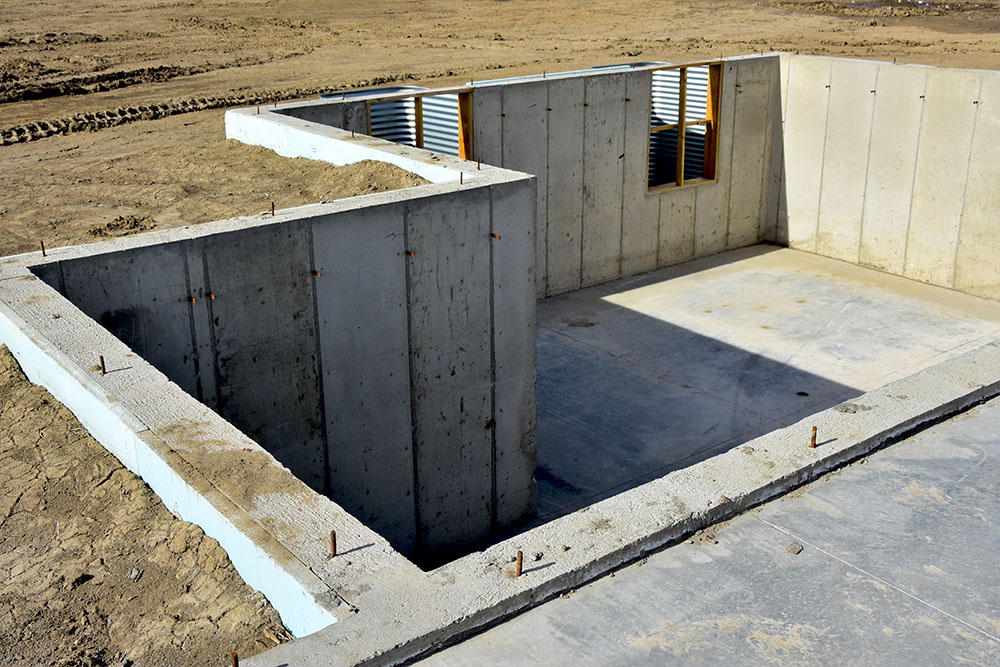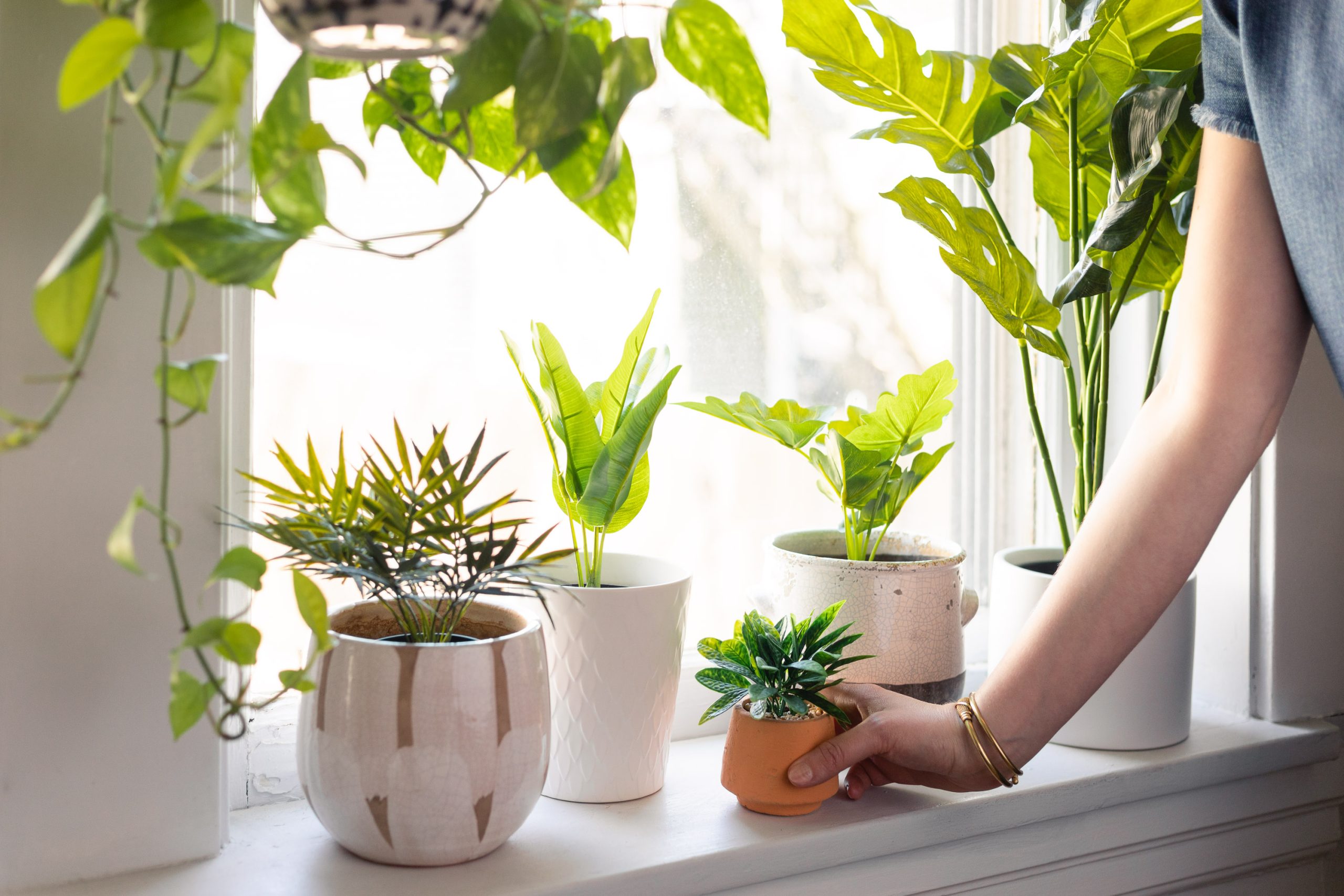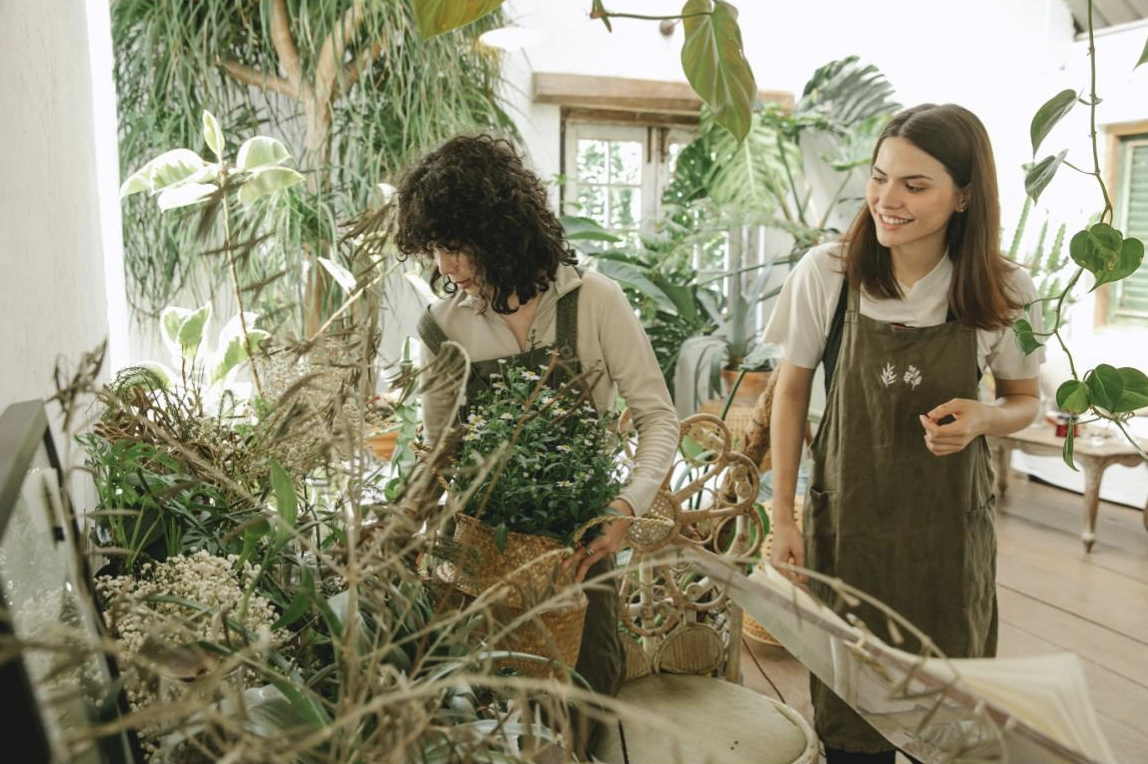Heat Up Your Home with the Latest Heat Pump Technology
In today’s world, staying comfortable in your home is more important than ever. With the latest heat pump technology, you can stay warm and cozy while saving money on energy bills. soojuspumbad is a great alternative to traditional heating methods, providing efficient heating and cooling for any home. Let’s take a look at what makes heat pumps such an attractive option for keeping your home warm.
A heat pump is an air conditioning system that transfers thermal energy from one place to another. This form of heating and cooling works by extracting existing heat from the outside air or ground and transferring it to indoor spaces where it is needed. The process can also be reversed for cooling purposes.
How does it work?
Heat pumps use refrigerant gas as part of their operation. The refrigerant gas absorbs heat from the outdoor environment and transports it into the house via an indoor fan coil unit. This process heats the house quickly and distributes heat throughout the property without using large amounts of electricity or other fuel sources such as natural gas or oil. The same system can also be used in the summer months to cool your home when the outside temperature rises.
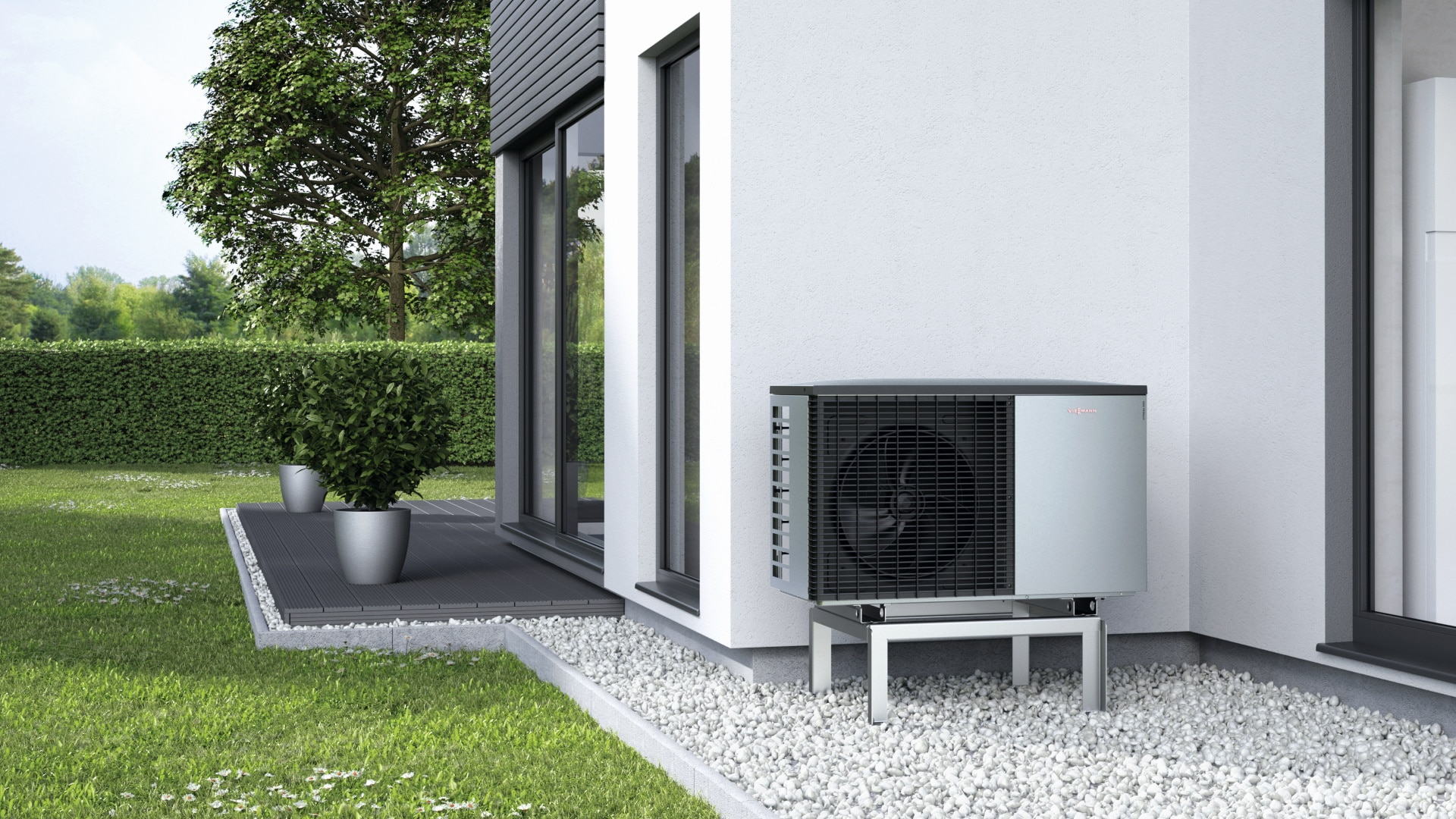
The benefits of heat pumps
Heat pumps offer several advantages over traditional heating systems such as stoves and baseboard radiators:
- Energy efficiency:
As mentioned above, heat pumps use much less energy than other forms of heating, helping to reduce costs both financially and environmentally;
- Low maintenance:
Unlike most furnace systems, which require regular maintenance, modern heat pumps require minimal maintenance as they don’t have any moving parts;
- Compact size:
Heat pumps are surprisingly compact in size, giving them greater versatility when it comes to installation;
- Environmentally Friendly:
Heat pumps are powered by electricity, so they do not produce greenhouse gases like carbon dioxide that contribute to global warming – making them an environmentally friendly choice for homeowners who care about preserving our planet!
Types of heat pump available today
There are two main types of heat pumps available on the market today – air source (ASHP) and ground source (GSHP). Both systems operate in a similar way but differ slightly in terms of efficiency and installation requirements. Air source systems extract heat from outside air, while ground source systems use pipes installed underground to extract stored geothermal energy from deep below the surface. GSHPs generally offer lower running costs but require a larger initial investment due to the excavation costs associated with installing pipe networks across larger areas of land around your property, perimeter walls/fences, etc. Some homes may even qualify for government grants which can help offset these initial costs, making GSHPs an even more attractive investment!

Where to find professional installers?
Having a professional installer is key if you want your new equipment installed correctly the first time! You should always aim to hire NATE-certified technicians who have undergone rigorous training programs approved by industry bodies such as AHRI (Air Conditioning Heating Refrigeration Institute) among many others… Online review sites such as Yelp & Trustpilot can provide helpful information on local providers who have received positive reviews from previous customers, so make sure you check these out before signing any contracts!
Conclusion
Overall, heat pump technology offers homeowners an efficient way to keep their homes warm during the winter months, while reducing the running costs associated with traditional furnace systems. With so many types available on the market today, there’s sure to be an option to suit almost any budget or application requirement – so why not consider investing in one today?


